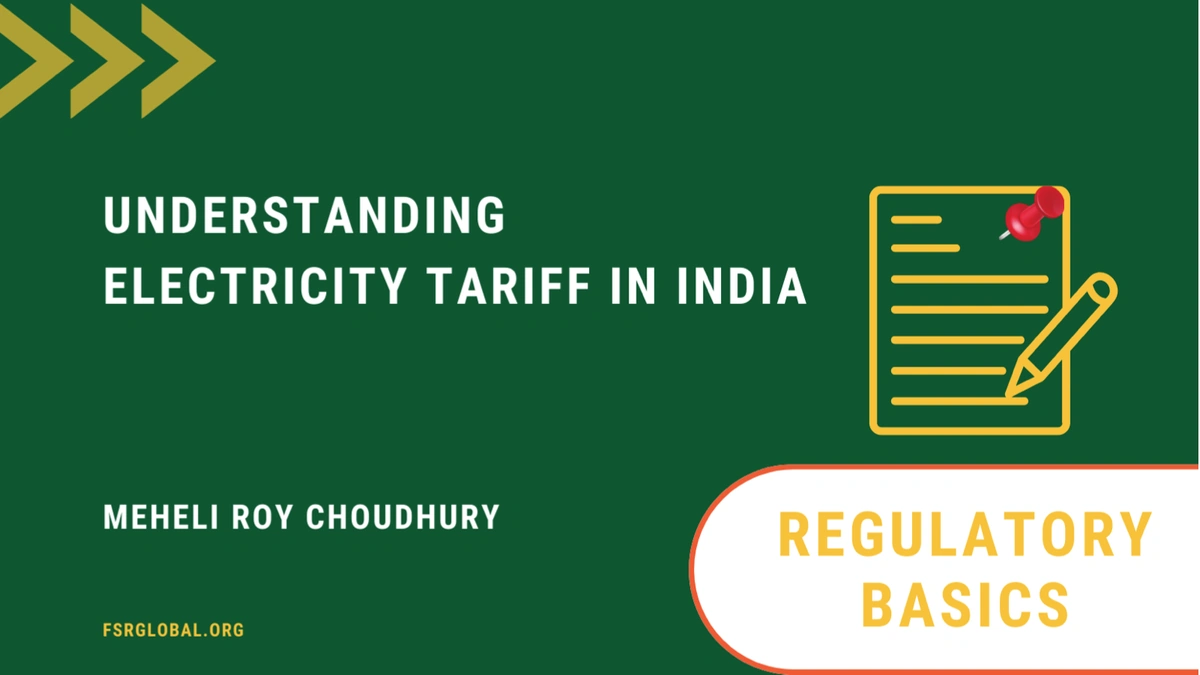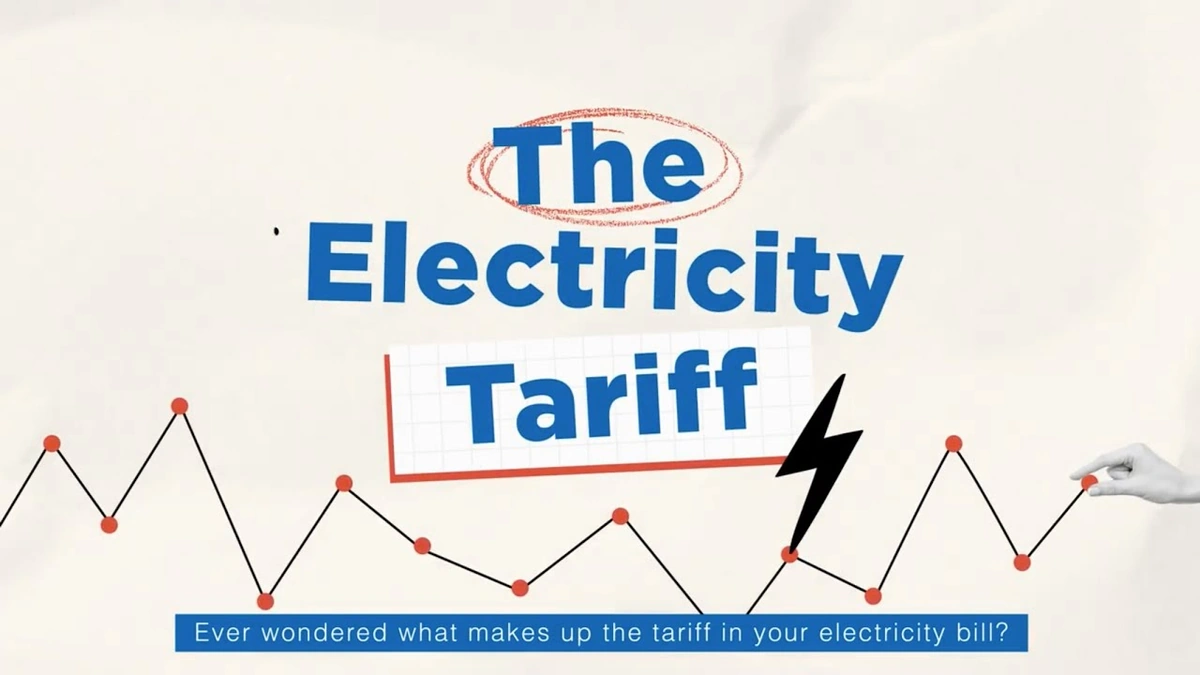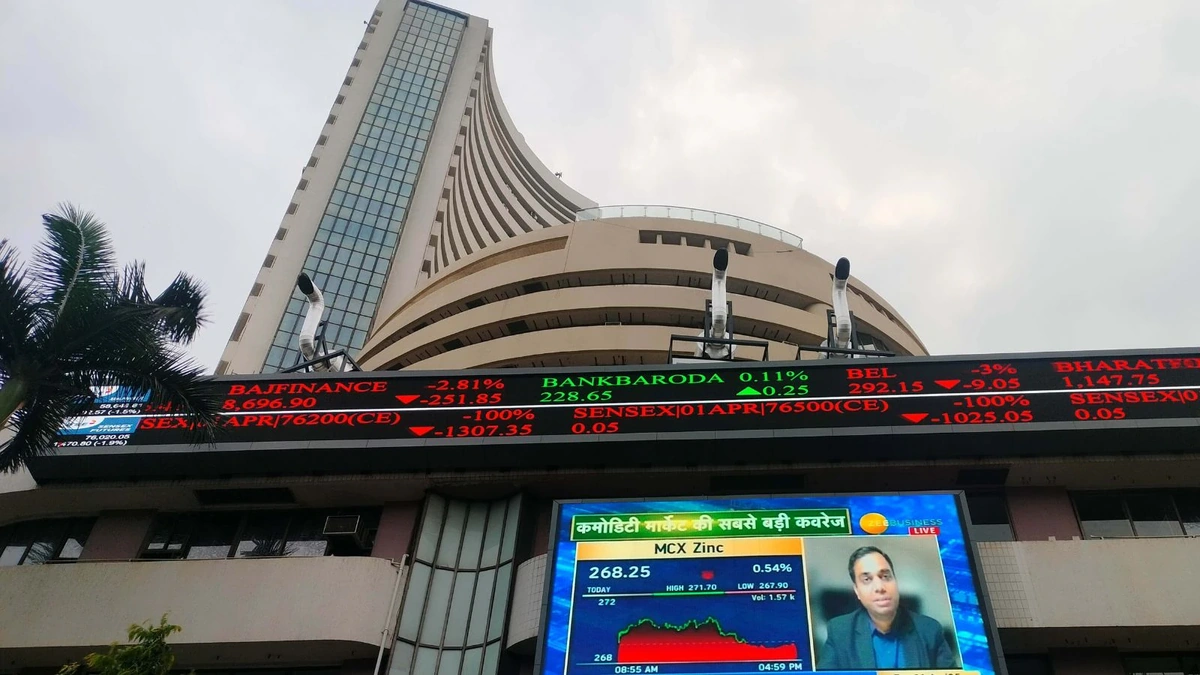Power Ministry Pushes for Cost-Based Electricity Tariffs and Subsidy Reform
Okay, so the Power Ministry is talking about electricity tariffs again. Big deal, right? We’ve heard that song and dance before. But here’s the thing: this time, it feels different. It’s not just about tweaking a few numbers; it’s about a fundamental shift in how we pay for power in India – and how much the government subsidizes it. Let’s be honest, electricity costs can be a real headache for families and businesses alike. So, understanding these proposed changes is crucial. Forget the boring press releases, let’s dive into what this really means for you and me.
Why Cost-Based Tariffs Matter (And Why Now?)

The crux of the issue? Right now, electricity prices in many states don’t accurately reflect the actual cost of generating and delivering that power. Think of it like this: imagine buying a fancy coffee, but only paying the price of chai. Someone, somewhere, has to make up the difference, right? In this case, it’s usually the state governments, who offer subsidies to keep prices artificially low. While that sounds good on the surface, it creates a whole bunch of problems. First, it drains state finances – money that could be used for schools, hospitals, or infrastructure projects. Second, it distorts the market, making it hard for efficient power companies to compete. And third, it often leads to massive debts for distribution companies (DISCOMs). So, the move to cost-based tariffs is essentially about bringing some financial sanity to the power sector.Wikipediacan give you a more general overview of electricity markets if you’re interested in the background.
But, why now? Why is the Power Ministry pushing this so hard? Several factors are at play. The government wants to attract more private investment into the power sector. Investors are wary of putting their money into companies that are constantly struggling financially. Cost-reflective tariffs are a crucial step toward making the sector more attractive. Plus, with India’s growing energy demands, it’s essential to ensure that the power sector can meet those demands sustainably. Think about the increasing use of air conditioners, electric vehicles, and energy-intensive industries. All of this requires a financially healthy and efficient power sector.
Decoding Subsidy Reform | Who Wins, Who Loses?
Now, let’s talk about subsidy reform . This is the really tricky part. Subsidies are a political hot potato. No government wants to be seen as taking away benefits from consumers, especially those from lower-income groups. But, let’s be real, the current system isn’t working. Subsidies are often poorly targeted, benefiting wealthier consumers who don’t really need them. They also incentivize wasteful consumption of electricity. Here’s the thing: effective subsidy reform isn’t about eliminating subsidies altogether. It’s about making them more targeted, efficient, and transparent. The government is exploring various options, such as direct benefit transfers (DBT), where subsidies are directly deposited into the bank accounts of eligible consumers. This helps to eliminate leakages and ensure that the money reaches those who genuinely need it. It also gives consumers more control over their electricity bills and encourages them to use power more responsibly.
But, who wins and who loses? That’s the million-dollar question. Ultimately, if implemented well, cost-based tariffs and subsidy reform should benefit everyone in the long run. A financially healthy power sector means more reliable electricity supply, better infrastructure, and a more sustainable energy future. But, in the short term, some consumers may see their electricity bills go up. That’s why it’s crucial to have a robust system of targeted subsidies to protect vulnerable groups. It is similar to what you may see when looking at credit card interest rates and having ways to find lower interest or transfer balances. I initially thought this was just another policy announcement, but then I realized the potential impact on household budgets. The transition won’t be easy, but it’s necessary.
The Impact on Renewable Energy Adoption
What fascinates me is the potential impact of these reforms on the adoption of renewable energy. Currently, many states offer preferential tariffs for renewable energy projects. But, these tariffs are often not cost-reflective, leading to financial challenges for DISCOMs. By moving to cost-based tariffs, the government can create a level playing field for all energy sources, including renewables. This doesn’t mean that renewable energy will become less attractive. On the contrary, as the cost of renewable energy technologies continues to fall, they will become increasingly competitive with fossil fuels. Cost-based tariffs will simply ensure that renewable energy projects are economically viable in the long run, without relying on artificial subsidies. This is crucial for India’s ambitious renewable energy goals. Plus, it’ll allow people to focus on other areas such as how fed rate cuts effect gold prices which can get more complicated.
Consider grid modernization – this is another key area. To support the increasing penetration of renewable energy, India needs to invest heavily in modernizing its electricity grid. This includes upgrading transmission and distribution infrastructure, deploying smart grid technologies, and improving grid stability. Cost-based tariffs can help to generate the revenue needed to finance these investments. A smarter, more flexible grid is essential for integrating large amounts of intermittent renewable energy, such as solar and wind. It also improves the reliability and efficiency of the overall power system.
Challenges and the Road Ahead
Let’s be honest: implementing cost-based electricity tariffs and subsidy reforms won’t be a walk in the park. There will be resistance from various stakeholders, including state governments, consumer groups, and even some power companies. Overcoming this resistance will require strong political will, effective communication, and a willingness to compromise. One of the biggest challenges will be ensuring that vulnerable consumers are protected during the transition. This will require careful targeting of subsidies, as well as public awareness campaigns to educate consumers about the benefits of these reforms. Another challenge will be addressing the legacy issues of DISCOM debts. Many DISCOMs are saddled with huge amounts of debt, which makes it difficult for them to invest in infrastructure upgrades and provide reliable electricity supply. The government will need to work with DISCOMs to find sustainable solutions to these debt problems.
The road ahead will be bumpy, but the destination is worth it. A financially healthy, efficient, and sustainable power sector is essential for India’s economic growth and development. By moving to cost-based tariffs and reforming subsidies, the government is taking a bold step towards creating a brighter energy future for all Indians. It’s not just about economics; it’s about ensuring that everyone has access to reliable and affordable electricity, which is essential for improving living standards and creating opportunities.
FAQ Section
Frequently Asked Questions
What exactly are electricity tariffs?
They’re the rates you pay for the electricity you consume. They usually include a fixed charge and a variable charge based on the amount of electricity used.
Why are electricity tariffs so different across states?
Because each state sets its own tariffs, and their costs of generation, distribution, and subsidies vary widely.
How will cost-based tariffs affect my electricity bill?
It depends. Some consumers may see increases, while others may see decreases, depending on the actual cost of supplying them with power. Subsidies will play a key role here.
What is the government doing to protect vulnerable consumers?
The government is exploring options like direct benefit transfers (DBT) to provide targeted subsidies to those who need them most.
Will these reforms lead to more private investment in the power sector?
That’s the hope! Cost-reflective tariffs make the sector more attractive to investors, which can lead to more efficient and reliable electricity supply.
So, there you have it. The Power Ministry’s push for cost-based tariffs isn’t just a dry policy announcement. It’s a signal for a potential shift that could impact everything from your monthly budget to the country’s energy future. Keep an eye on this one – it’s going to be interesting.













